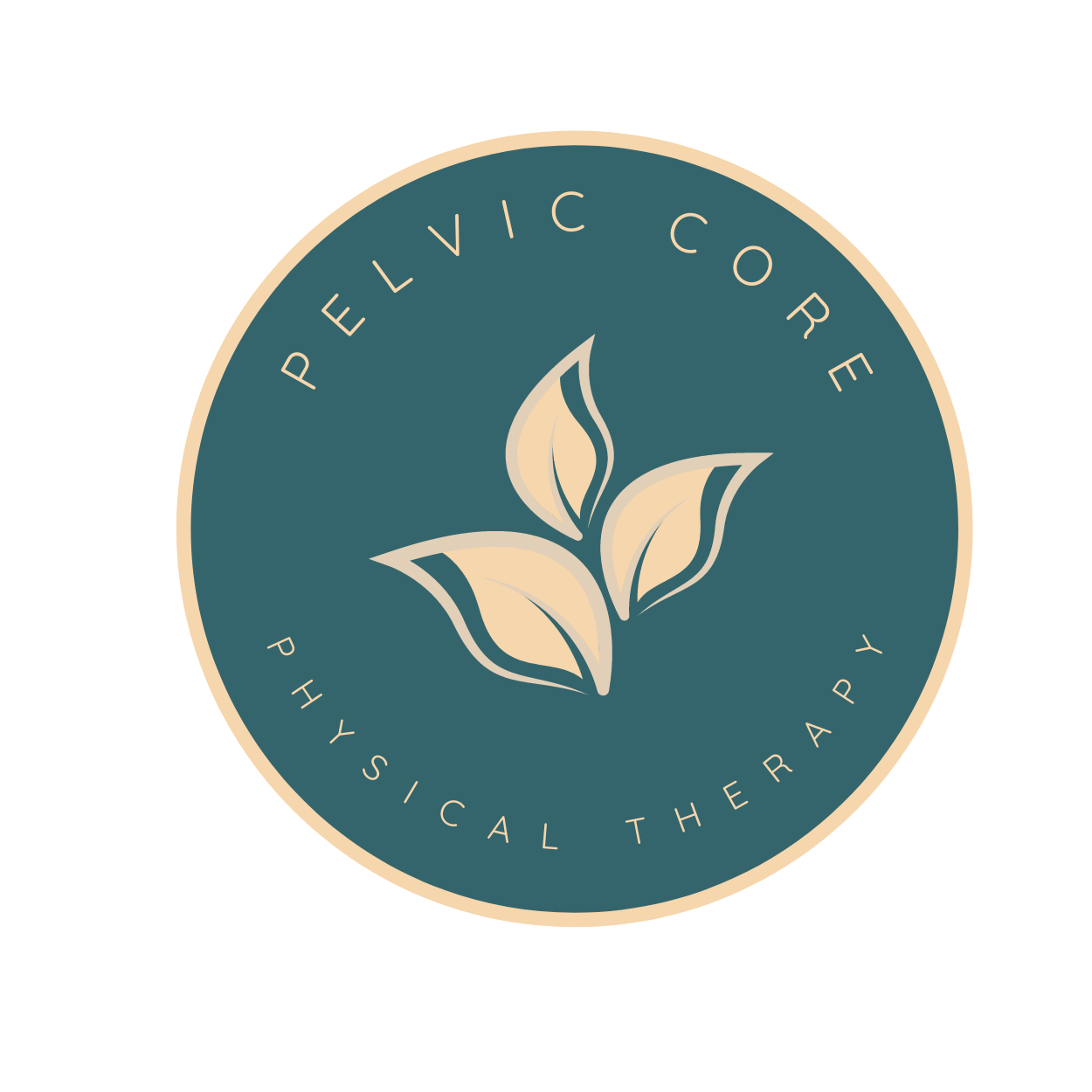What Is a Kegel, and Why It May Not Be The Solution?
The infamous Kegel! What is it really? Well, a Kegel is a name for a pelvic floor muscle contraction. The name Kegel comes from Dr. Arnold Kegel, who was one of the first researchers to examine pelvic floor exercises as an alternative to surgical interventions. This research was done in the 1940s, so think of how far we have come since then! The pelvic floor muscles are a group of muscles that help to support your bowel, bladder, and sexual organs. These muscles have the ability to contract (actively shorten aka Kegel), relax, and lengthen (actively stretch) when working in their optimal state. The purpose of performing Kegels would be to strengthen the pelvic floor muscles in their shortened position. At times, pelvic floor muscle contractions are indicated, but if pelvic floor muscle weakness is not your only problem (which it most often is not), they may not help at all, or could actually make issues worse. So yes, you heard it here – not everyone should be doing Kegels (pelvic floor muscle contractions). In fact, it is very rare that someone should “just do Kegels” to solve their pelvic floor issues. This is why seeing a pelvic floor physical therapist is so important if you are having leaking, pelvic pain, constipation, etc. Because having these issues does not just mean that you have a weak pelvic floor – it could mean that your pelvic floor is too tight, that there is scar tissue in the area, that your breathing mechanics are off, that your hips are the problem, that your pelvic floor is not coordinating well, and the list goes on. There are also a lot of lifestyle factors that are addressed in pelvic floor physical therapy such as fluid intake, bladder irritants, urge management strategies, stress management, and bathroom schedules. So, hear the cry of the pelvic floor physical therapist! If you are having issues, please do not listen to anyone who tells you to “just do your Kegels”. Or if you are doing Kegels and your symptoms are getting worse, this is your sign to find a pelvic floor PT near you.

